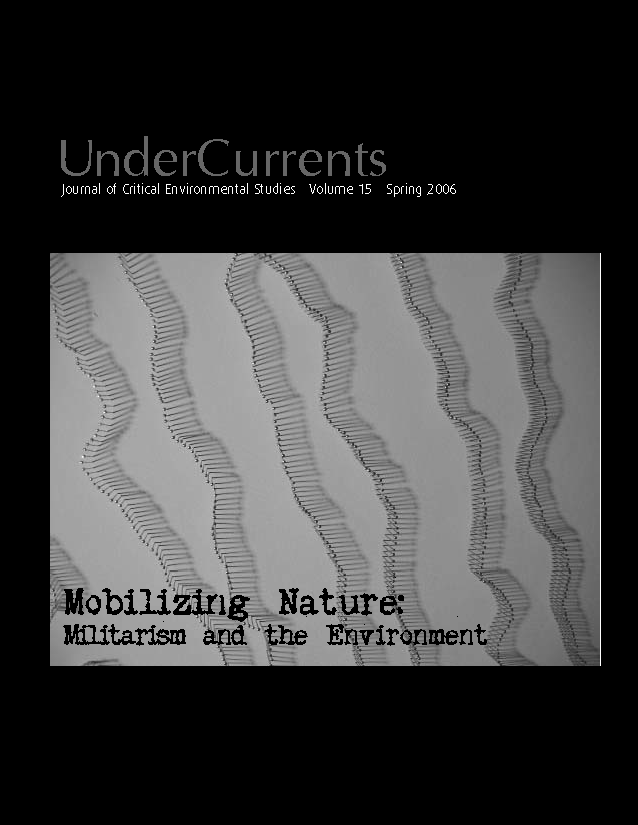Cabinda
Africa's Forgotten War
DOI:
https://doi.org/10.25071/2292-4736/40378Abstract
With the cessation of conflict between the Angolan government and UNITA (União Nacional para a Independencia Total de Angola) militias, in April 2002, attention turned to the ongoing separatist conflict in Cabinda. An oil-rich enclave separated from the rest of Angola by a slender strip of territory of the Democratic Republic of Congo, Cabinda has been the site of a decades-long war of independence between the Angolan government and various separatist factions, a struggle that has been called “Africa’s forgotten war.” Approximately
30,000 people have lost their lives in almost 30 years of struggles for independence. Despite the severe humanitarian crisis, access to the enclave has been largely closed to all but those who work in the oil industry.
References
Ebinger, Charles, K. “External Intervention in Internal War: The Politics and Diplomacy of the Angolan Civil War.” Orbis. 1976. 20(3): 669-700.
Hodges, Tony. Angola: From Afro-Stalinism to Petro-Diamond Capitalism. Oxford and Bloomington: James Currey and Indiana University Press, 2001.
Maier, Karl. Angola: Promises and Lies. Rivonia: William Waterman, 1996.
Martin, Phyllis. “The Cabinda Connection: An Historical Perspective.” African Affairs. 1977. 76(302): 47-59. DOI: https://doi.org/10.1093/oxfordjournals.afraf.a096828
Porto, João Gomes. “Cabinda: Notes on a Soon to be Forgotten War.” African Security Analysis Ocassional Paper, August 2003, 4.
Wright, George. The Destruction of a Nation: United States’ Policy Toward Angola since 1945. London: Pluto Press, 1997.
Published
How to Cite
Issue
Section
License
Copyright (c) 2006 Jeff ShantzCreators retain copyright for all writings and artwork published in UnderCurrents. New material published as of Volume 21 (2022) is available under a Creative Commons Attribution 4.0 International License (CC-BY 4.0).


